详细介绍
CMR tester 测试仪
CMR tester 测试仪
CMR tester 测试仪
CMR tester 测试仪
报价注意事项:1.请提供*列的物料编号和第二列具体型号
2.请发书面询价函(邮件,,传真等),不接受口头报价。
3.如果型号不能*对上,请提供英文品牌名+具体型号+数量。
4.询价的商友请主动告知公司名称和,谢谢。
Canine Multi-focal Retinopathy type 1 CMR1 Test Code 302
For breeds: American Bulldog, Australian Shepherd (all varieties), Boerboel, Mastiff (English), Brazilian Terrier, Bullmastiff, Cane Corso, Dogue de Bordeaux (French Mastiff), Finnish Lapphund, Great Pyrenees, and Perro de Presa Canario
Canine Multi-focal Retinopathy type 2 CMR2 Test Code 303
For breeds: Coton de Tulear
Canine Multi-focal Retinopathy type 3 CMR3 Test Code 304
For breeds: Finnish Lapphund, Lapponian Herder
Test Pricing
Background:
Canine Multi-focal Retinopathy (CMR) is a recessively inherited eye disease. Early clinical studies in 1998 by Dr. Bruce Grahn at the University of Saskatchewan, Canada, first described CMR in the Great Pyrenees. The condition observed in each of the named breeds at an ophthalmologist’s exam includes numerous distinct (i.e. multi-focal), roughly circular patches of elevated retina with accumulation of material that produces gray-tan-pink colored lesions. These lesions, looking somewhat like blisters, vary in location and size, although typically they are present in both eyes of the affected dog.Discrete areas of tapetal hyper-reflectivity might also be seen.
The disease generally develops in young dogs before 4 months and might progress slowly, might appear to heal, or might even appear and then go away again. Some dogs affected with CMR do not show clinical symptoms of disease until later in life. The modifiers of CMR disease are a subject of research interest. Some lesions disappear with no remaining sign, while some lesions leave a wrinkled area – a fold. Some leave the lasting lesion of a blister formation. Most dogs exhibit no noticeable problem with vision despite their abnormal appearing retinas. And in almost all cases, CMR does not progress significantly over time. The disease seems to have a consistent pattern among the breeds identified so far, although lesions in the Coton de Tulear are often more serious and seem to remain longer than in some of the other CMR-affected breeds. In rare severe cases, the clinical diagnosis could be confused with progressive retinal atrophy (PRA). The full range of clinical symptoms will learned as more dogs are tested for their genetic status.
Our current understanding is that CMR is inherited in an autosomal recessive pattern. This means the gene mutation responsible for CMR is located on an autosome (that is, a chromosome that is not a sex chromosome) and CMR disease results when the gene mutation is passed to the offspring by both the mother and the father. It should be noted that the human disease that mirrors CMR in dogs is an autosomal dominant disease with incomplete penetrance. This means that sometimes, but not always, only one copy of the disease gene needs to be present in order for the disease to be observed clinically. At this point CMR in dogs is NOT considered to be an autosomal dominant disease however as more animals are characterized genetically with the CMR test, it is possible that we will find a similar form of inheritance as is seen in humans.
There is complete concordance of the mutation with the disease among affected dogs in the Mastiffs, Great Pyrenees, Australian Shepherds, Coton de Tulear and Lapponian Herders. However, retinal dysplasia described in other breeds, for example in Labradors, Samoyeds or English Springer Spaniels, is very distinct in comparison to CMR and these conditions are not caused by the CMR mutation.
Due to the abnormal appearance of the CMR-affected retina, CERF, ACVO, ECVO and other ophthalmologist’s eye exam reports typically record these multi-focal lesions as “retinal dysplasia” or “retinal folds”, to denote a defect in formation of the retina. Such findings might disqualify the dog from breeding. Presently CERF doesn’t list CMR as a specific condition, but does fail a dog for “retinal dysplasia/retinopathy – folds, detached.”
The genetic test for CMR is valuable for identifying the cause of a retinal deformation. Given the exact genetic diagnosis, the owner can be reassured that there probably will be little or no vision loss due to this condition. All the same, future cases of the condition can be prevented using the CMR test as an information tool for breeding
Genetic Testing:
An exact diagnosis of this eye condition can be difficult. Definitive clinical diagnosis might even change due to the changing appearance of the retina as the dog ages. The CMR genetic test solves this problem immediay since presence of the CMR gene mutation is detected by testing a DNA sample. This result gives the owner immediate diagnostic information and aides in making decisions for the affected dog and for breeding strategies.
- The OptiGen CMR test can be done reliably at any age – even in young pups, and the result will be the same at any age, and will be the same whenever it is repeated.
- The exact frequency of this disease, and of the gene mutation causing it, are not known as yet. Data accumulated through genetic testing will help to provide that information.
- Tallies of test results are updated and provided quarterly to national breed clubs.
Breeding Strategies using the CMR Test:
This table highlights all the desirable breedings that include at least one Normal/Clear parent. All other breedings are at high risk of producing Affected pups. All dogs can be bred safely following the recommended schemes. It isn't necessary - or even desirable - to remove clinically healthy dogs from the breeding population. But when choosing pups to retain as potential future breeding stock, it is important to select for Normal/Clear dogs and select against Carrier dogs.
Expected results for breeding strategies using the OptiGen CMR test | |||
Parent 1 | Parent 2 Status | ||
Normal/Clear | Carrier | Affected | |
Normal/Clear | All = Normal/Clear | 1/2 = Normal/Clear | All = Carrier |
Carrier | 1/2 = Normal/Clear | 1/4 = Normal/Clear | 1/2 = Carrier |
Affected | All = Carrier | 1/2 = Carrier | All = Affected |
Benefits & Limits to All Genetic Testing:
The benefits of genetic disease testing are clear. With informed breeding practices, breeders immediay can avoid producing CMR affected pups, yet use any healthy dog in their program regardless of genetic status. And since genetic testing can be done at any age, each dog’s genetic status can be known even before clinical disease signs are recognized. Over several generations of selection away from the disease gene, breeders can eliminate a disease gene compley from their line.
BUT, there are basic limits for any and all DNA genetic tests. Whether a test is mutation-based or marker-based, it identifies only the specific mutation being tested or the association between a specific marker set and the disease. For example, a mutation test detects one specific mutation in one specific gene. If there are several different mutations or several different genes that can cause the same condition, one must discover and then test for each mutation and each gene. It can be difficult or even impossible to know how many mutations or how many marker sets exist in all the members of a specific breed. As more and more dogs are tested, previously unknown variations may come to light.
Ordering the CMR Testing:
The CMR test is done on a small sample of blood obtained by your veterinarian. This allows the lowest risk of contamination of the sample and added assurance of a match of the sample with the identified dog. Please read the paragraphs below, and then read “Instructions and Information” to learn about ordering a test, shipping a sample and prices.
I. Mastiffs and Lapponian Herders already tested for OptiGen PRA:
OptiGen will test any samples for CMR that we have already received for the PRA test. OptiGen has retained frozen samples from all tests done previously, and we've decided to make these available for CMR testing, even if the owner did not pay the fee for long-term storage. We hope this will help many obtain the new CMR test more easily. You may order the CMR test online on a stored sample. Link to "Order Test" and complete the order form as usual. Be sure to indicate that this dog's sample already is at OptiGen by selecting "Blood sample is already at OptiGen under a long-term storage agreement." Mark this choice even if you did not specifically pay for Long-Term Storage.
Blood Sample Information:
Blood sample is already at OptiGen under a long-term storage agreement. |
Blood sample will be submitted with this request |
II. Australian Shepherds, Mastiffs or Lapponian Herders not tested earlier:
When you submit a new blood sample to OptiGen, you may choose to order both the CMR and PRA tests on this same sample.
III. Great Pyrenees, Coton de Tulear and Dogue de Bordeaux:
At present, the CMR test is the only test available for Great Pyrenees, Coton de Tulear and Dogue de Bordeaux.
Price: The price for the CMR test is US$95.00, with the usual discounts for online ordering and 20/20 Clinics.
Registries:
Breed clubs may sponsor genetic disease registries and OptiGen may provide some test information directly to the registry in accordance with the club’s official policies. Please go to your club to learn more about this.
The research leading to this discovery was undertaken by scientists at the University of Pennsylvania and Cornell University, with collaboration by OptiGen. The report on this research is submitted for publication.
CMR Tester dv/dt high-voltage pulse generator Model 6200

The ON-OFF state of photo coupler may sometimes change under the influence of a noise.
This is a dv/dt high-voltage pulse generator for CMR test. The dv/dt ranges has five kind. It can choose with a selection switch.
High Voltage DV/DT Generator
This unit supplies linear high voltage pulse that is used to test common mode noise immunity test of photo-couplers.Because photo-coupler socket, DC source of LED and secondary circuit are built in, it works as a common mode noise immunity tester once you supply a suitable scope. Waveforms below describe the linearity of 2kV/us ramp. | |
+1,000V amplitude | -1,000V amplitude |
+2,000V amplitude | -2,000V amplitude |
(Notes)
| |
Features/Functions
- Pulse output voltage(dt) : 500V to 2kV
- dv/dt selection : 1kV/us, 5kV/us, 10kV/us, 20kV/us, 30kV/us
- Pulse Cycle : 0.25s, 0.3s, 0.4s, 0.5s, 1.0s
- Pulse Count : 1, 3, 5, Continuous
- lf current : 0 to 20mA(DC) lf power supply uses a battery.
- Vcc power supply : An external power supply is connected to a Vcc power supply terminal.
 化工机械设备网
化工机械设备网

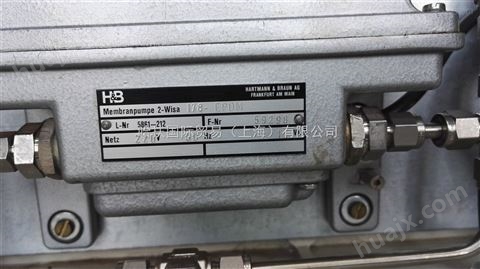
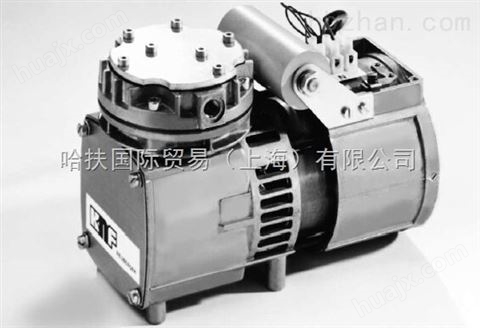
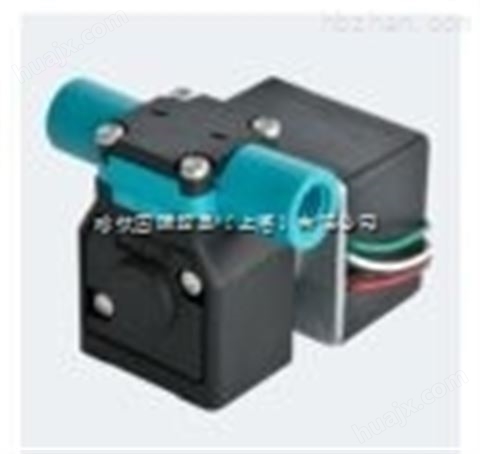


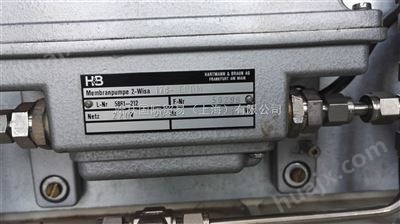
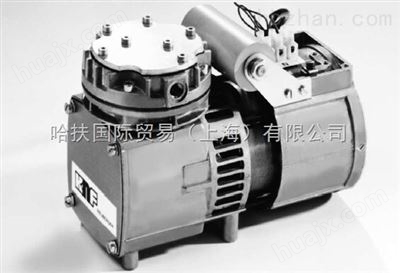
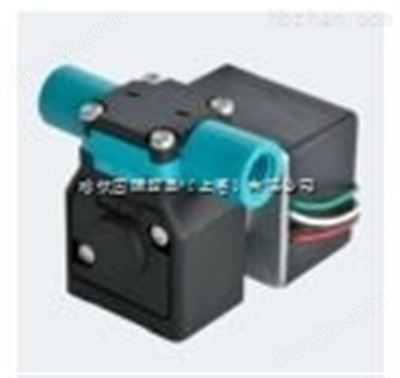

 化工机械设备网
化工机械设备网